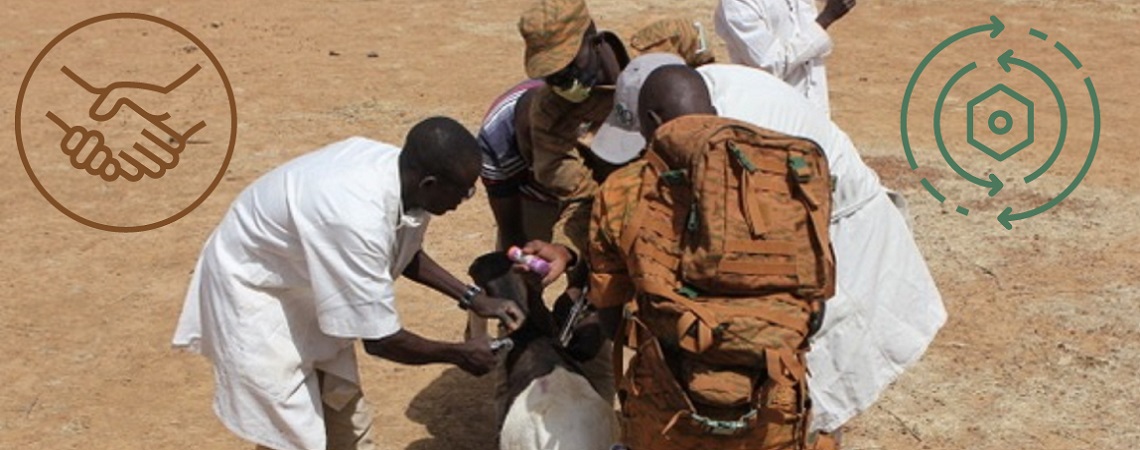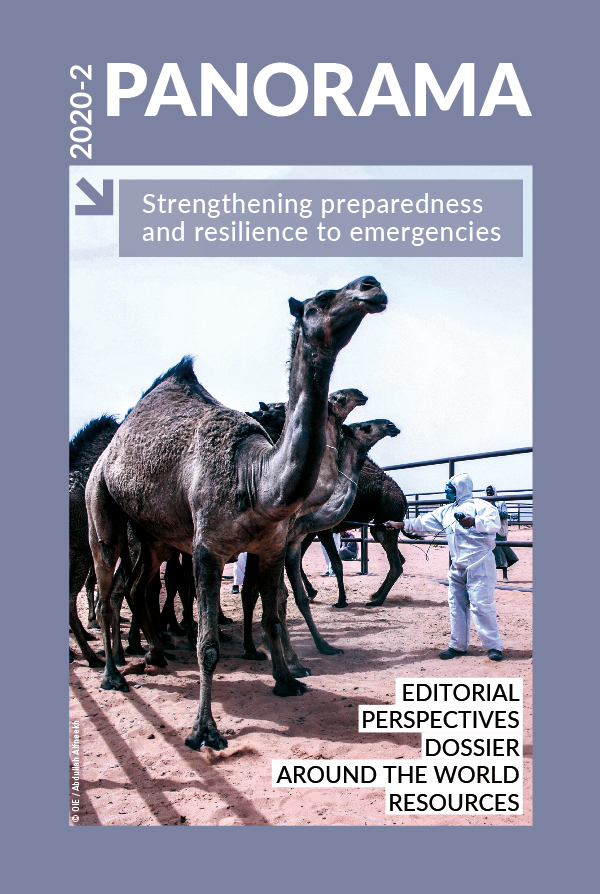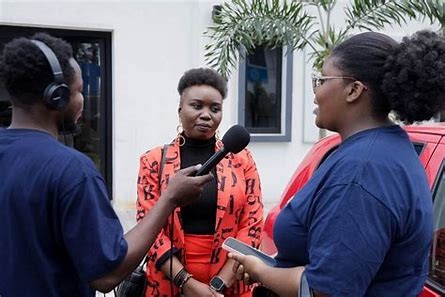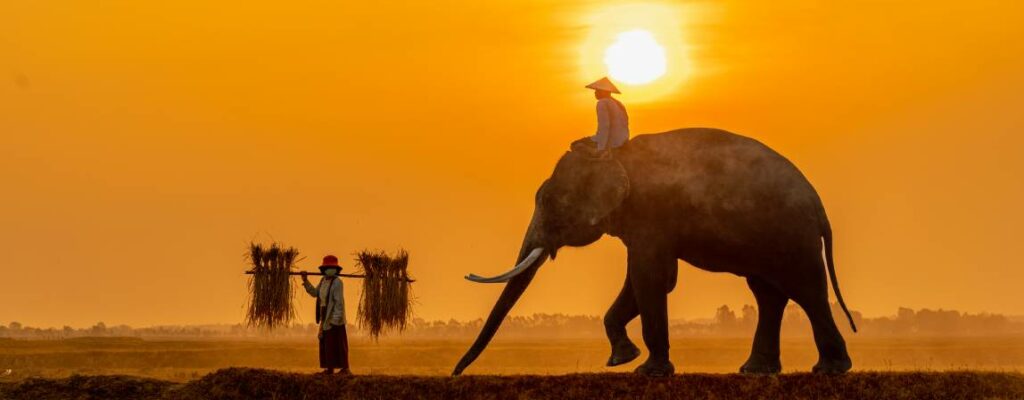Around the world Posted on 2021-03-08 08:51:05
Success stories
Emergency preparedness through strategic partnerships
Keywords
Authors
A. Shilongo (1) & A. Boshoff (2)*
(1) Delegate of Namibia to the OIE, Chief Veterinary Officer, Directorate of Veterinary Services, Ministry of Agriculture, Water and Land Reform, Windhoek, Namibia.
(2) Manager of Meat Standards, Meat Board of Namibia, Windhoek, Namibia.
* Corresponding author: meatstandards@nammic.com.na
The designations and denominations employed and the presentation of the material in this article do not imply the expression of any opinion whatsoever on the part of the OIE concerning the legal status of any country, territory, city or area or of its authorities, or concerning the delimitation of its frontiers and boundaries.
The views expressed in this article are solely the responsibility of the author(s). The mention of specific companies or products of manufacturers, whether or not these have been patented, does not imply that these have been endorsed or recommended by the OIE in preference to others of a similar nature that are not mentioned.
Background
The Meat Board of Namibia (MBN) was established in 1981 by the livestock industry, with the mission of promoting the interests of the industry in Namibia and elsewhere, and is fully funded through the payment of levies by producers and traders of livestock and livestock products. Representatives of the livestock and meat industry are members of the MBN.
An Emergency Animal Health Fund was established by the MBN in 1994 for the sole purpose of providing resources that can be mobilised quickly during animal health emergencies which threaten Namibian livestock and meat export markets. This partnership was driven by the industry’s need for market access, i.e. by the private partner.
The partnership
In 2015, an FMD outbreak in the FMD protection zone of Namibia (Fig. 1) required swift action from the public–private partnership to prevent spillover into the part of Namibia that is recognised by the World Organisation for Animal Health (OIE) as an FMD-free zone [1], and the possible suspension of export markets.
The role of each partner during the outbreak is set out in the table below.
| Public partner (DVS) input | Private partner (MBN) input |
| Technical expertise and activation of the FMD contingency plan The DVS mobilised financial resources − NAD 180 million was approved by Cabinet − and implemented outbreak control measures, such as intensified disease surveillance, a mass vaccination and tagging campaign, and establishing and staffing road blocks to enforce movement restrictions and disinfect vehicles. |
An animal health consultation forum to establish the situation, identify needs and coordinate and mobilise assistance This included the procurement of equipment, creating awareness campaigns, appointing expert consultants, hiring veterinarians to conduct post-vaccination surveys, providing rations to temporary staff and managing the maintenance of the veterinary cordon fence. |
| Provision of personnel and appointment of temporary staff A total of 826 temporary staff were recruited and trained to augment veterinary personnel for the disinfection of vehicles at road blocks and the vaccination campaign. |
Early mobilisation of finances to the amount of NAD 7 million |
| Emergency disease control measures As stated above. |
Personnel assistance |
The outcome
Through this partnership, a ‘win-win’ situation was created for both the public and private partners. For the public partner, funds were available immediately, with buy-in and support from producers to contain the outbreak. The result was a swift implementation of emergency control measures and the containment of the outbreak. For the private partner, fast action and containment of the outbreak resulted in the maintenance of the FMD-free zone and access to livestock and meat export markets.

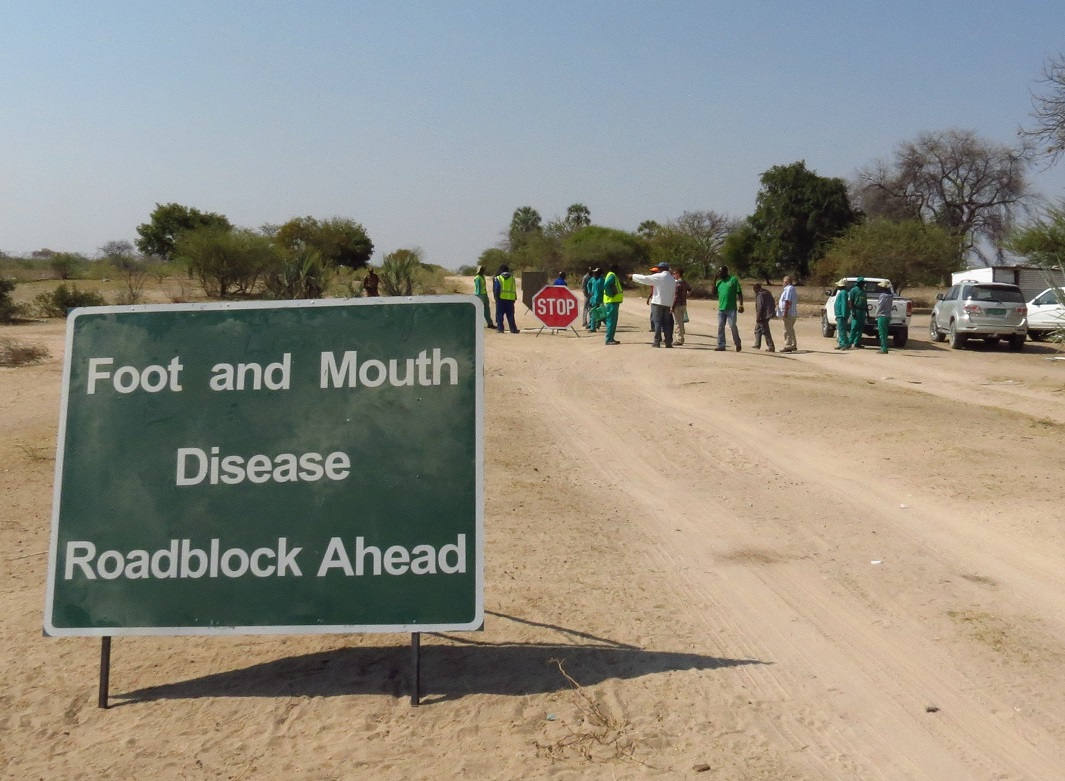
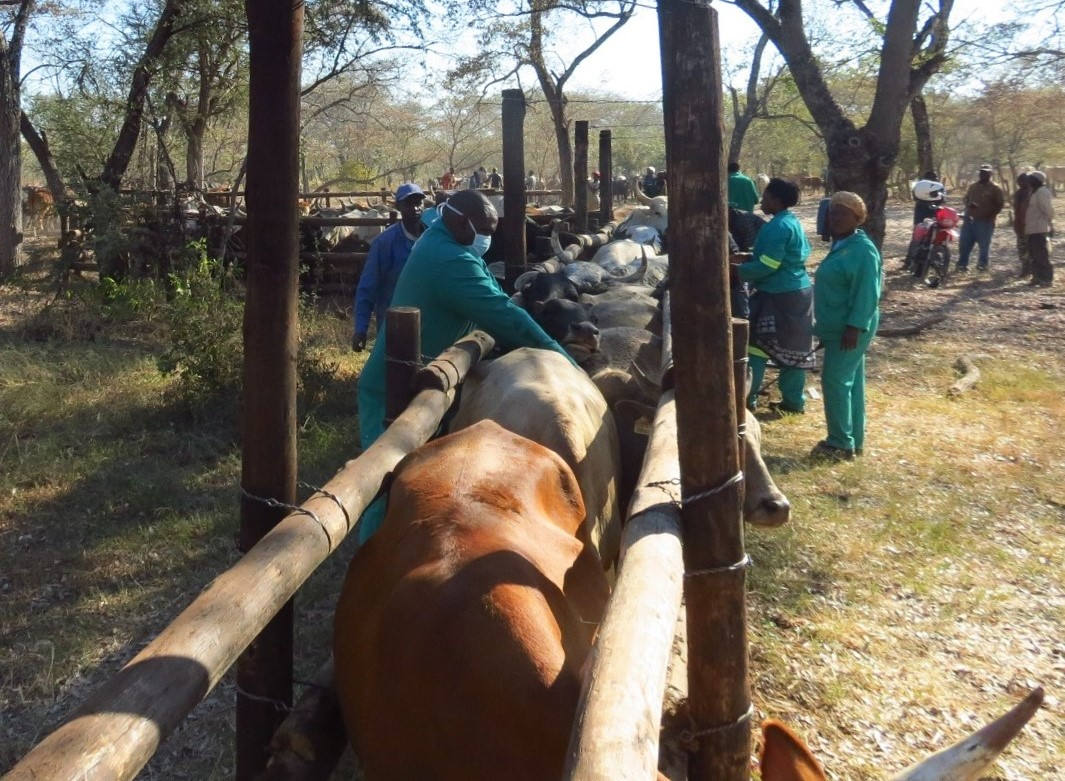

http://dx.doi.org/10.20506/bull.2020.2.3158
References
- World Organisation for Animal Health (OIE) (2020). – Official disease status. Foot and Mouth Disease (FMD).




